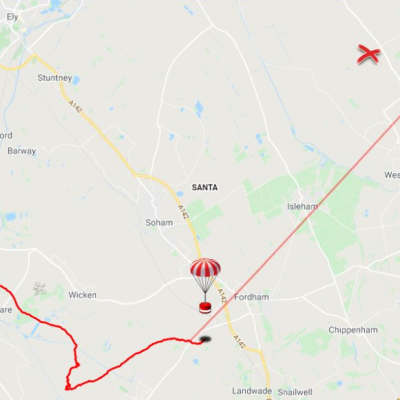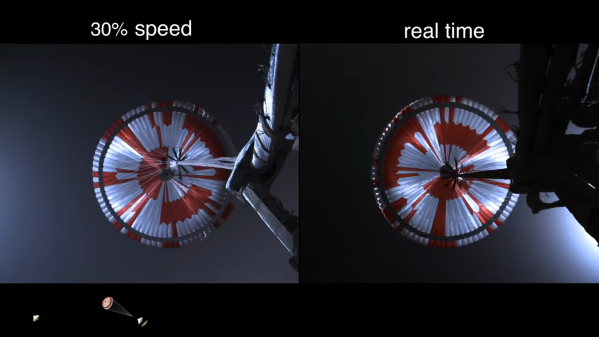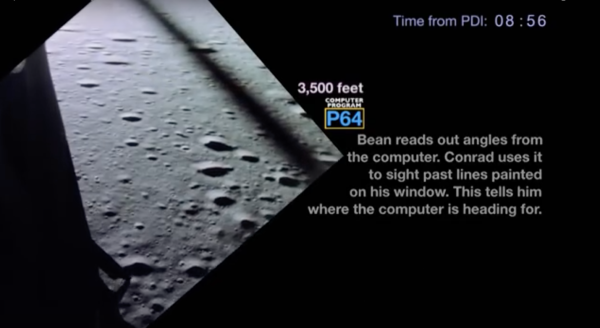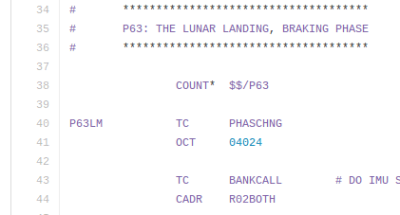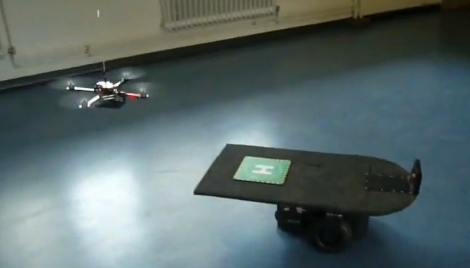Model rocketry has always taken cues from what’s happening in the world of full-scale rockets, with amateur rocketeers doing their best to incorporate the technologies and methods into their creations. That’s not always an easy proposition, though, as this three-year effort to nail a SpaceX-style vertical landing aptly shows.
First of all, hats off to high schooler [Aryan Kapoor] from JRD Propulsion for his tenacity with this project. He started in 2021 with none of the basic skills needed to pull off something like this, but it seems like he quickly learned the ropes. His development program was comprehensive, with static test vehicles, a low-altitude hopper, and extensive testing of the key technology: thrust-vector control. His rocket uses two solid-propellant motors stacked on top of each other, one for ascent and one for descent and landing. They both live in a 3D printed gimbal mount with two servos that give the stack plus and minus seven degrees of thrust vectoring in two dimensions, which is controlled by a custom flight computer with a barometric altimeter and an inertial measurement unit. The landing gear is also clever, using rubber bands to absorb landing forces and syringes as dampers.
The video below shows the first successful test flight and landing. Being a low-altitude flight, everything happens very quickly, which probably made programming a challenge. It looked like the landing engine wasn’t going to fire as the rocket came down significantly off-plumb, but when it finally did light up the rocket straightened and nailed the landing. [Aryan] explains the major bump after the first touchdown as caused by the ascent engine failing to eject; the landing gear and the flight controller handled the extra landing mass with aplomb.
All in all, very nice work from [Aryan], and we’re keen to see this one progress.
Continue reading “Model Rocket Nails Vertical Landing After Three-Year Effort”



